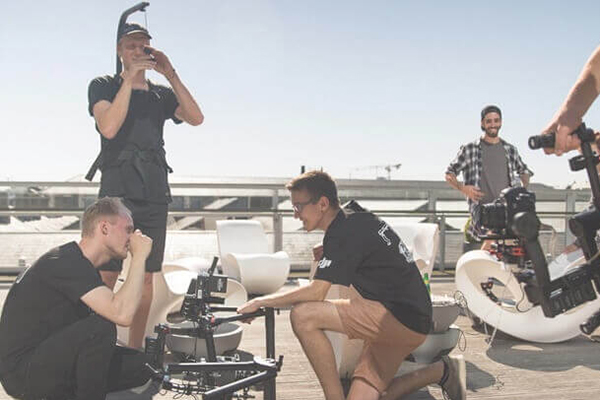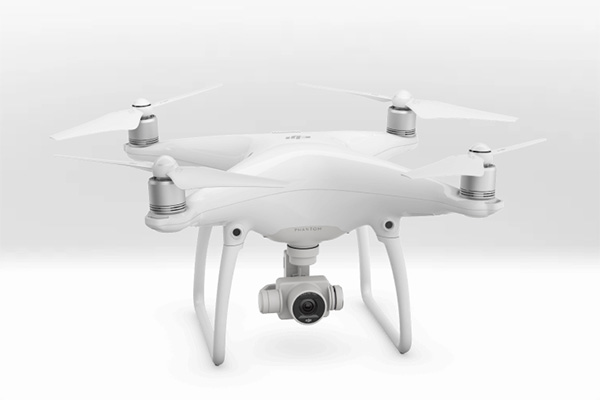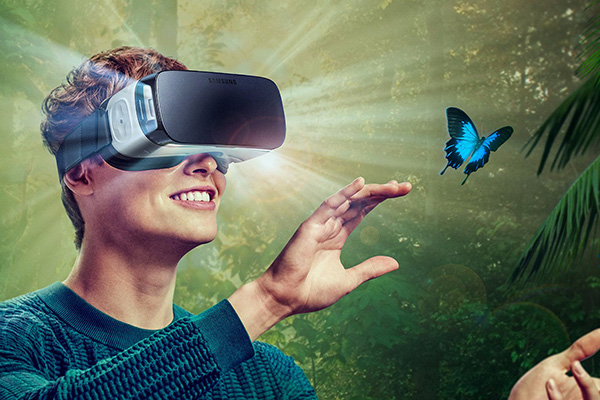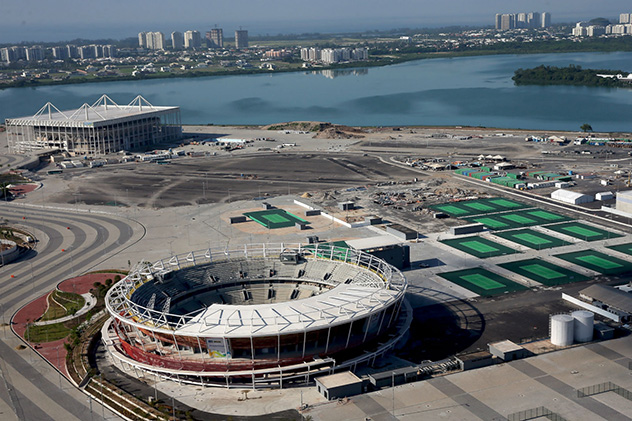Hello Rio… the 2016 Olympics have begun and the most talented athletes around the world are competing to bring their country pride while being broadcasted on TVs and online portals across the web… but don’t expect to get a sneak peak from an aerial view.
NO FLY ZONE
That’s right, the Olympics are operating under a no-fly zone (for drones that is). It appears this year’s sky-view photography phenomenon didn’t get an invite to the world renowned event. Hobbyists, that means it’s time to put down the remote – it won’t do you any good since the DJI coding has disabled the capability of violating the restricted area.
Drone makers DJI announced the temporary flight restriction for all their models coordinated with Brazilian military officials in charge of maintaining a safe airspace during this year’s Olympics. Off limits: six zones in Rio de Janeiro and one zone each in Sao Paulo, Brasilia, Belo Horizonte, Manaus, and Salvador according to the press release from DJI.

WHY NO FLY?
While the DJI team has created their restrictions in response to a military request, it’s interesting other leading drone manufactures haven’t made the same initiative. The DJI has been known to restrict airspace in the past for major political party conventions in the United States, the G7 Summit in Japan and the Euro 2016 football tournament in France. So perhaps their just more conscious of following rules… (or avoiding a heavy lawsuit if said independent drone say… crashed down and caused an Olympic sized accident).
Either way, they’re covering their tracks by ensuring a more safe and less distracting airspace for competitors and audiences alike.
Though, we’re sure that Olympic fans with DJI drones in hand are sighing with a solemn expression with their newly found aerial freedom stripped away during one of the world’s most exciting athletic events.

WHO IS FLYING… AND MORE
The good news – this doesn’t mean you won’t be able to enjoy the games from this years biggest advancements in event photography and videography. According to Business Insider, nothing can stop the press. The major broadcasters of the vent including NBS, BBC and Japan’s NHK are worried less about safety – and more about capturing the experience to share around the world.
Not only will their drones be active on set, you can also expect some experiments with virtual reality and super high definition clips to engage audiences on a new level taking full advantage of this year’s latest technology. Dave Gordon, an Olympic broadcasting veteran and head of some of the events is quoted, “If at the Olympics you aren’t pushing the technological boundaries to the absolute limit, then you’re failing.

Samsung is promising one of the most exciting experience filming over 100 hours of VR programing and 360° storytelling for ceremony highlights and several sporting events. The Olympic site announces to viewers that only “those with Samsung Galaxy smartphones compatible with Gear VR will be able to access the content section of the NBC Sports app.” – NBC Olympics
Sorry Apple… you just got a whole lot less interesting.
WHY THE BUZZ (and lack thereof)
Drone technology has come a long way since the last Olympic games in 2012. The four-year-gap has made recent leaps in technology even more apparent – and missing out on the advancements after such a wait would be more than disappointing.
While safety must be considered, allowing select groups to capture the event via drone video and photography is equally a must – and those broadcasters with “permission slips” (who did get invites) will have a distinct advantage over traditional news coverage offering a 100% first-time viewing experience of the Olympic games. I mean common, sky-high views and virtual transportation right into the games themselves – who’d want to miss it.
So whether enjoying the games online or from this generations most advanced perspectives, let the games commence!





Tell us your thoughts in the comments